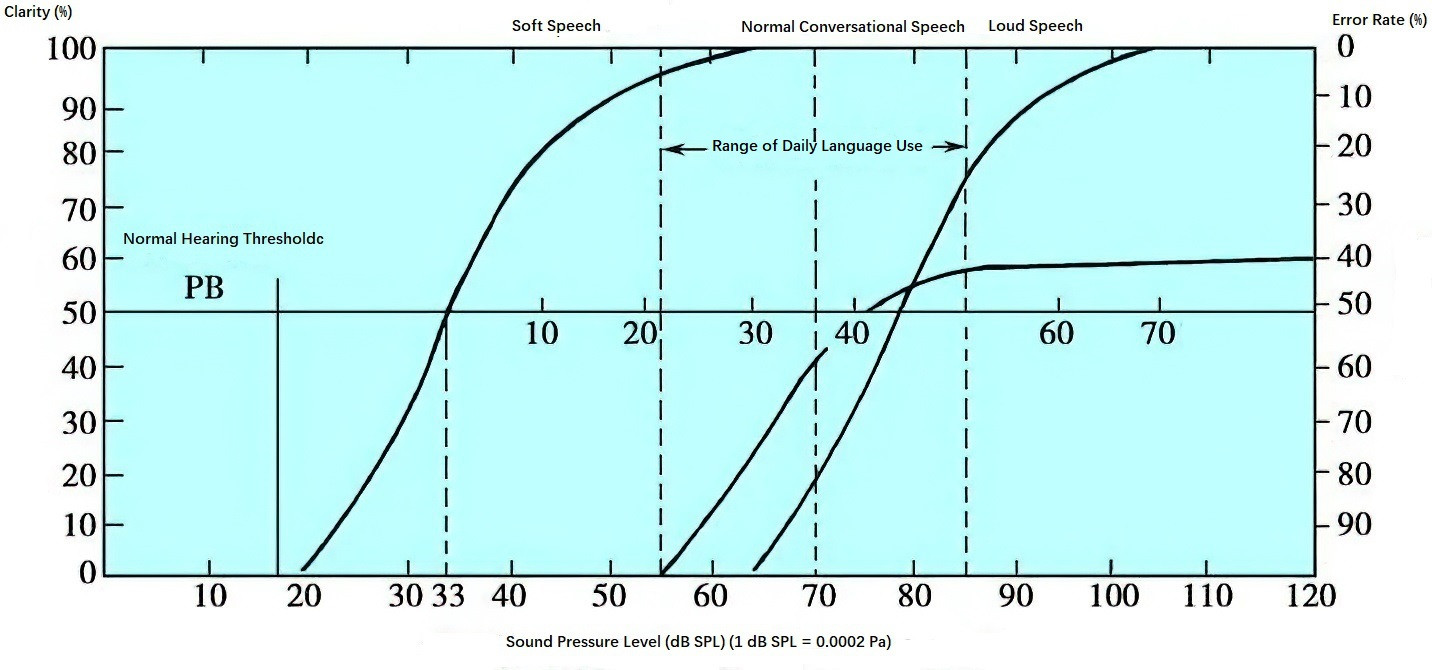Speech refers to language communication through sound, which relies not only on the ability to hear sounds but also on the ability to comprehend meaning. The transmission of speech information and the understanding of language depend on several factors: the address coding and temporal coding of sound frequencies by the cochlear Organ of Corti, the synchronized discharges of auditory nerve fiber compound action potentials, the frequency analysis abilities of lower auditory centers (such as the cochlear nucleus) and auditory pathways, and the integrative analysis conducted by the auditory cortex. Pathological changes at any point in the auditory pathway can impair the ability to understand speech.
Individuals with severe hearing loss, particularly those with diminished hearing in speech frequency ranges, may only perceive sounds without understanding the meaning of the language, even when using hearing aids. Damage to or underdevelopment of the auditory cortex, especially bilateral lesions, may render individuals unable to comprehend speech even if cochlear function is intact. In children with congenital hearing loss, the lack of auditory stimulation leads to cessation of auditory cortex development after the ages of 4–6. Such individuals exhibit poor speech recognition ability. Although cochlear implantation after this age may allow sound perception, extensive training is required for speech learning and communication.
Speech audiometry involves the use of digitally recorded standardized vocabulary, which is presented via headphones or free-field speakers for testing. In addition to standardized Mandarin vocabulary, recordings of vocabulary in regional dialects, such as Cantonese, are also available. The primary test parameters include the speech reception threshold (SRT) and the speech discrimination score (SDS).
- Speech reception threshold is expressed in terms of sound level (dB).
- Speech discrimination score refers to the percentage of test vocabulary correctly understood by the tested ear.
Normal ears can understand more than 50% of the testing vocabulary. A graph plotting the speech discrimination score at various sound levels produces a speech audiogram. Reduced speech discrimination scores are often associated with sensorineural hearing loss, while conductive hearing loss typically preserves normal speech discrimination scores.

Figure 1 Speech audiogram
Speech audiometry is widely used in clinical practice for auditory rehabilitation, evaluating the effectiveness of hearing rehabilitation training after cochlear implantation, and assessing the performance of hearing aids. A speech discrimination score of less than 30–50% while using hearing aids indicates suitability for cochlear implantation.